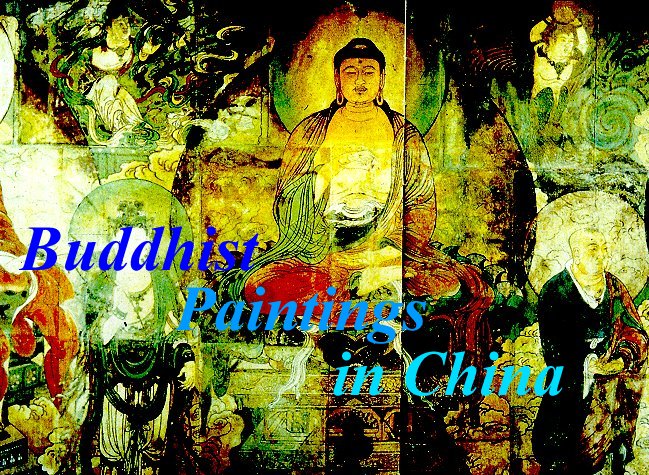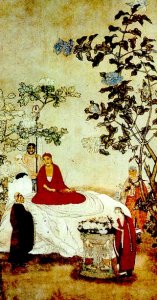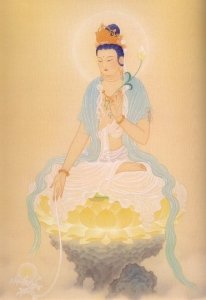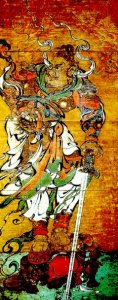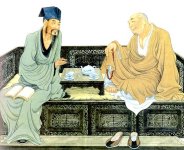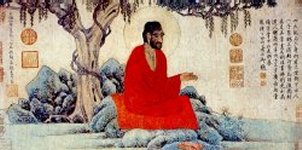|
In the last few issues, we talked about the Buddhist calligraphers and calligraphies in China. Starting from this issue we are going to turn to the Buddhist paintings in China. We will begin with a brief introduction then carry on with discussions in different categories and painters in subsequent issues.
The development of the Buddhist paintings in China was in line with the introduction and development of Buddhism in China. Although the development of the religion was interrupted by a few destructions during the Northern Wei, Northern Zhou, Emperor Wu Zong of Tang Dynasty and Zhou Shi Zong of the Five Dynasties, the artistic development never experienced any halts. There was obviously an Indian influence, but as Buddhism was more and more combined with the Chinese culture, the Buddhist painting became more of a significant part of China and carried a very strong Chinese flavour of its own. In general, the Buddhist paintings in China can be classified into the following categories:
Portraits of Buddhas are those of Shakyamuni, but can also be portaits of other Buddhas such as Amita Buddha. As for the second category, they are dominated by those of Guan Yin. Portraits of Buddhist masters included many famous figures in history, such as Master Hsuan Tsang of the Tang Dynasty. As for the fourth category, they vary from stories in Lotus Sutra to the images of the Blissful World in the West. Zen painting is a creation of the Chinese Buddhism, so is Zen itself. As Tibetan Tantra is such an unique school of Buddhism, so is the Tibetan Buddhist painting which is originated from a combination of the Indian arts and Tibetan arts. |
